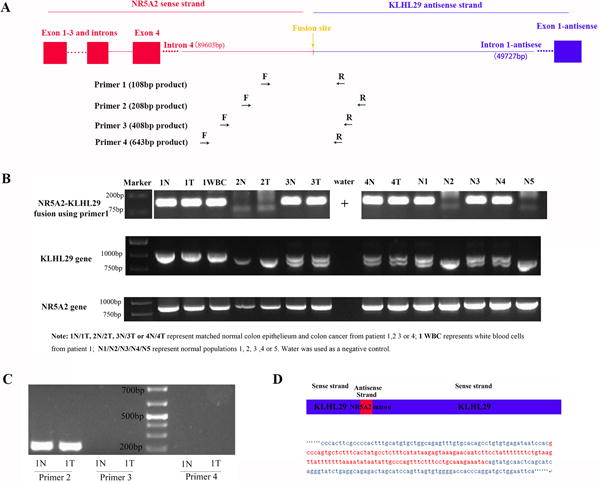Figure 2. The identification of NR5A2 sequence insertion at KLHL29 gene locus.

(A) We hypothesized that there was a chromosomal rearrangement between NR5A2 gene on chromosome 1 and KLHL29 gene on chromosome 2. Four primers were generated to validate the fusion gene. (B) The fusion gene using primer 1, KLHL29 gene and NR5A2 gene status were respectively studied in each sample. NR5A2 gene status was the same in all the samples. KLHL29 gene has three statuses: homozygous big band, heterozygous big band and homozygous small band. Both samples with homozygous or heterozygous big band showed the positive fusion bands. (C) Among primer 2, 3 and 4 amplifying the fusion gene, only primer 2 worked, while the other two primers did not amplify any bands, implying the fused NR5A2 sequence was not so long. (D) Based on B and C analysis, it is believed that the fusion gene is a polymorphism insertion instead of chromosomal rearrangement. By TOPO Cloning and Sanger sequence, we found that the insertion was the same in the different samples as shown here.
